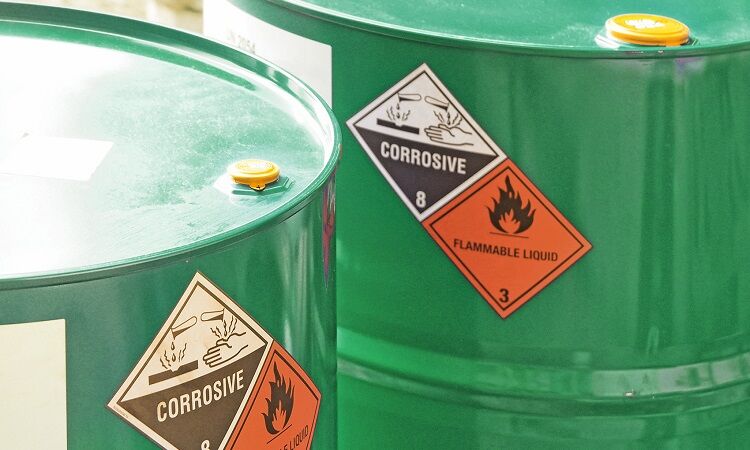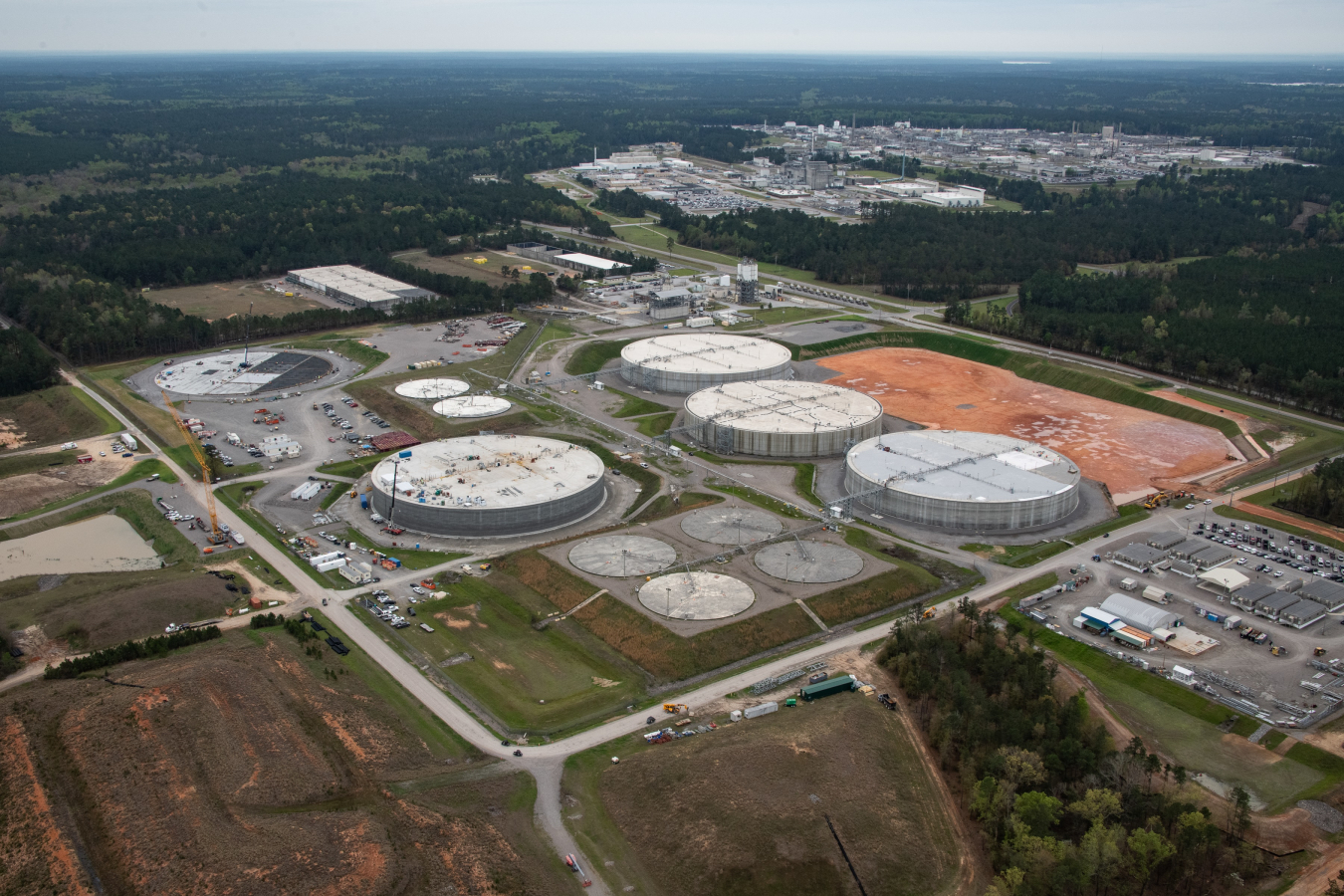Safe and Lasting Liquid Waste Disposal: Your Go-To Provider
Safe and Lasting Liquid Waste Disposal: Your Go-To Provider
Blog Article
How Fluid Garbage Disposal Works: An In-depth Summary of Methods and Technologies Employed

Overview of Liquid Waste Types
The complexity of liquid waste types demands a complete understanding of their attributes and ramifications for disposal. Liquid waste can extensively be classified into a number of kinds, including commercial, municipal, agricultural, and harmful waste. Each category displays unique buildings, requiring certain management techniques to minimize environmental and health and wellness dangers.
Industrial liquid waste originates from making processes and often has a variety of contaminants, such as heavy metals, solvents, and organic substances. Municipal fluid waste, mainly consisting of wastewater from families and industrial facilities, includes natural matter, nutrients, and microorganisms (industrial wastewater treatment). Agricultural liquid waste, consisting of runoff from farms, may have fertilizers, chemicals, and animal waste, posing dangers to water top quality and ecosystems
Hazardous liquid waste is identified by its toxicity, reactivity, or prospective to trigger damage. Recognizing these varied liquid waste types is important for establishing efficient disposal methods and making sure compliance with environmental guidelines.
Physical Therapy Methods

Screening is the preliminary action, where larger fragments and particles are eliminated from the liquid waste utilizing displays or grates. In sedimentation tanks, larger bits settle at the base, forming a sludge layer, while the clarified liquid can be additional treated.
Purification is one more necessary approach that entails passing the liquid via permeable products, such as sand or membrane layers, to capture smaller sized particles. This step improves the top quality of the fluid, making it ideal for succeeding treatment procedures.

Chemical Therapy Strategies
Chemical therapy methods are necessary for effectively taking care of fluid waste, particularly in dealing with liquified and colloidal impurities that physical approaches might not adequately eliminate. These methods utilize various chemical representatives to neutralize, speed up, or change harmful substances into less unsafe forms.
One usual approach is coagulation and flocculation, where chemicals such as alum or ferric chloride are contributed to promote the aggregation of put on hold particles. This procedure boosts sedimentation, permitting less complicated elimination of the resulting sludge. Furthermore, oxidation processes, employing agents like chlorine or ozone, are used to break down intricate natural substances and virus, providing the waste much safer for discharge or further treatment.
Neutralization is an additional critical strategy, which adjusts the pH of acidic or alkaline waste streams to neutral levels, preventing potential harm to downstream systems and the environment. Furthermore, progressed oxidation processes (AOPs) use combinations of oxidants and ultraviolet light to degrade consistent contaminants, achieving a higher degree of treatment effectiveness.
Biological Therapy Processes
Biological treatment procedures play a vital function in the administration of liquid waste by making use of microbes to decay organic issue and lower impurity degrees. These processes can be generally categorized into anaerobic and cardiovascular you can find out more treatments, each using details microbial neighborhoods to attain reliable waste deterioration.
Cardiovascular therapy includes using oxygen to assist in the failure of natural products by microorganisms. This process is generally applied in activated sludge systems, where aeration tanks supply a favorable environment for microbial growth, leading to the oxidation of natural contaminants. The resultant biomass can be separated from dealt with effluent through sedimentation.
In contrast, anaerobic treatment happens in the lack of oxygen, counting on various microorganisms to break down raw material. This technique is especially useful for high-strength waste, as it produces biogas, a renewable energy resource, while reducing sludge manufacturing. Technologies such as anaerobic digesters are frequently used in local and commercial hop over to these guys applications.
Both anaerobic and aerobic biological treatments not just minimize the ecological influence of liquid waste however likewise promote resource healing, making them vital components of lasting waste management techniques. Their effectiveness, versatility, and performance support their prevalent execution across numerous markets.
Emerging Technologies in Disposal
Cutting-edge strategies to fluid garbage disposal are quickly advancing, driven by improvements in modern technology and a raising focus on sustainability. Amongst these arising innovations, membrane bioreactors (MBRs) have actually gotten grip for their capability to integrate biological therapy with membrane purification, causing top quality effluent that can be reused in numerous applications. MBRs make it possible for smaller sized footprints and extra effective procedures contrasted to traditional systems.
Another encouraging growth is making use of anaerobic food digestion integrated with nutrient recovery modern technologies, which not just treats fluid waste however also produces biogas and recovers valuable nutrients like nitrogen and phosphorus. This dual benefit improves source efficiency and minimizes environmental influence.
In addition, advanced oxidation processes (AOPs) are being adopted for the degradation of complicated natural toxins. These techniques make use of effective oxidants and stimulants to break down contaminants at the molecular degree, supplying a very effective remedy for difficult waste streams.
In addition, the assimilation of expert system and maker learning in waste administration systems is maximizing operational effectiveness and predictive maintenance, resulting in lowered expenses and enhanced ecological conformity. These innovations reflect a substantial shift in the direction of even more lasting and effective fluid garbage disposal techniques.
Conclusion
In verdict, efficient fluid waste disposal requires an extensive understanding of different techniques and technologies. By constantly advancing these methodologies, it ends up being possible to attend to the expanding difficulties linked with fluid waste, ultimately contributing to environmental security and hop over to these guys source healing.
Liquid waste disposal is a crucial aspect of ecological monitoring, requiring a detailed understanding of numerous techniques and modern technologies customized to various waste kinds. Fluid waste can extensively be classified into a number of types, including industrial, local, farming, and unsafe waste. Agricultural fluid waste, including overflow from farms, may contain plant foods, chemicals, and animal waste, posturing risks to water top quality and environments.
Different physical treatment techniques play an important duty in handling fluid waste successfully - industrial wastewater treatment.In conclusion, effective liquid waste disposal demands a thorough understanding of different techniques and technologies
Report this page